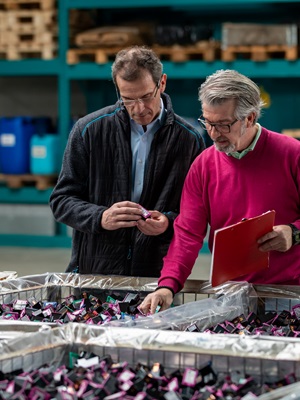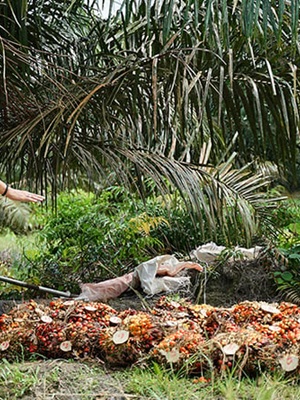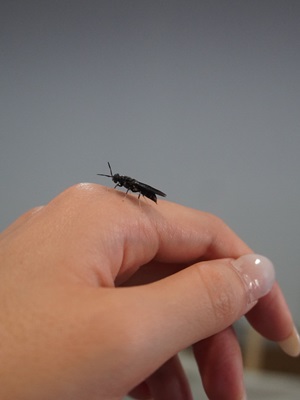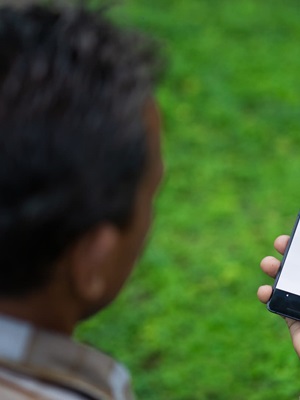The Great Pacific Garbage Patch sprawls for over 1.6 million square kilometers, covering an area approximately three times the size of France. According to Ocean Cleanup, its mass is believed to be around 100,000 metric tonnes.
Although some mistakenly envision it as a single trash island, this depiction is misleading. There’s no solid surface that humans could walk around on, rather the patch consists of bobbing congregations of plastic propelled by the oceans currents. The debris is actually concentrated in different clusters, with two particularly large eastern and western Pacific patches. What matters though is that it is growing—fast.
Scientists believe that the Great Garbage Patch is increasing at an exponential rate. Each year, an estimated 1.15 to 2.41 million tonnes of additional plastic enters the Earth’s oceans. Since around 60 percent of it is more buoyant than sea water, it remains afloat, a shifting, amorphous sea of debris quietly throttling the ecosystem.
As horrifying as the visual image of millions of pieces of discarded plastic waste bobbing on the waves is, the more disturbing element is the one lurking out of sight. Closer inspection of these garbage clusters reveals what appears to be a murky soup near the surface—in reality, millions upon millions of plastic particles less than five millimeters in diameter.
Currently, much of the fate of the ocean—and by extension, the planet—rests on how humans tackle this ever-growing problem. Now, tech innovators are wondering if artificial intelligence could pinpoint new strategies.
Sea of Plastic
The main reason that plastics are such an environmental hazard is that they can take up to 500 years to decompose. In the intervening time, they have a nasty tendency to accumulate in an ecosystem—and in the bodies of the living creatures that inhabit it.
According to a 2022 study conducted in Australia and New Zealand, 75 percent of wild fish species examined contained microplastics. That contamination extended more or less all the way up the food chain. Oysters and other simple bivalves contain microplastics.
Far more worrying are larger, predatory fish like tuna, swordfish, salmon, and bluefish. Since all of these species ingest the microplastics of the smaller fish that they eat, the build-up can be considerable. One study in 2022 found that a can of tuna can contain hundreds of microplastics.
The Human and Environmental Costs
No one quite knows the long term impact of microplastics in human bodies, largely because the research is all relatively new. It is possible that these tiny particles could simply remain inert in our bodies, but scientists are concerned about a range of possible symptoms running the gamut from cancer to asthma.
So far microplastics have been found in blood donated to hospitals, in the lungs of patients undergoing surgery, and in placentas. Some microplastics are so small they have the ability to enter human cells.
Aside from humans, microplastics have the potential to wreak havoc on all sorts of marine life. One particularly troubling example is that a 2022 Stanford study found that humpback, fin and blue whales consume as many as 10 million pieces of microplastics in a day.
Krill, the small creatures that these species feed on, eat the microplastics, which are then eaten by the whales. As with humans, no one knows yet what the long term effect may be on marine mammals.
Seeking A.I.-Driven Solutions
Part of the problem with microplastics is how much we still just don’t know. To increase the amount of data we have in order to effectively combat the problem, scientists at UC Berkeley and UC Santa Barbara engineered an A.I.-driven online tool that helps delve into the potential impact of current legislation on the world’s plastic problem.
“Finally solving the plastics crisis means a win for the environment, a win in our fight against climate change, and a healthier and more just future for all people,” said Douglas McCauley, director of BOSL and an associate professor at UC Santa Barbara in an interview with the UC Santa Barbara Marine Institute.
At present, A.I. models are being used to detect microplastics in wastewater, food, and in soil, with encouraging results. One of the leading large language models (LLMs) on the job is PlasticNet, which can recognize microplastics based on how they transmit and absorb lightwaves. Thus far, it has been able to correctly identify 11 kinds of microplastics 95 percent of the time.
PlasticNet does more than provide information; it allows humans to do something about it. A sizable portion of the microplastics in the rivers and oceans come from wastewater. By helping wastewater treatment plants spot them sooner, it enables them to act to prevent as many of them from leaching out into the environment.
There’s also hope that A.I. might be able to help reduce the overall volume of microplastics. In 2022, researchers at the University of Texas Austin revealed an A.I.-designed enzymes that could effectively break down polyethylene terephthalate (PET) plastics within 24 hours. Hydrolase can reduce plastic to its molecular components, allowing it to be truly repurposed and recycled.
While this research is still relatively new and not yet ready to be fully scaled up, the potential impact is enormous. PET packaging makes up around 50 percent of the global plastic waste. It’s used for all sorts of single-use plastics, from water bottles to disposable food containers.
In an interview with Forbes, Hal Alper, one of the lead researchers, said, “The possibilities are endless across industries to leverage this leading-edge recycling process… Through these more sustainable enzyme approaches, we can begin to envision a true circular plastics economy.”
At present, only about 10 percent of our plastics are recycled—and those disposed of in other ways, as we are learning, often never truly go away. There is an enormous amount of work to be done to free our oceans of the mounting deluge of plastic, but these sorts of innovative strategies provide hope.
Posted 31/07/2024

















